'Super Earth': the exoplanet in the 'habitable zone' for alien life
HD 20794 D is located in the 'Goldilocks zone' of a star similar to our Sun
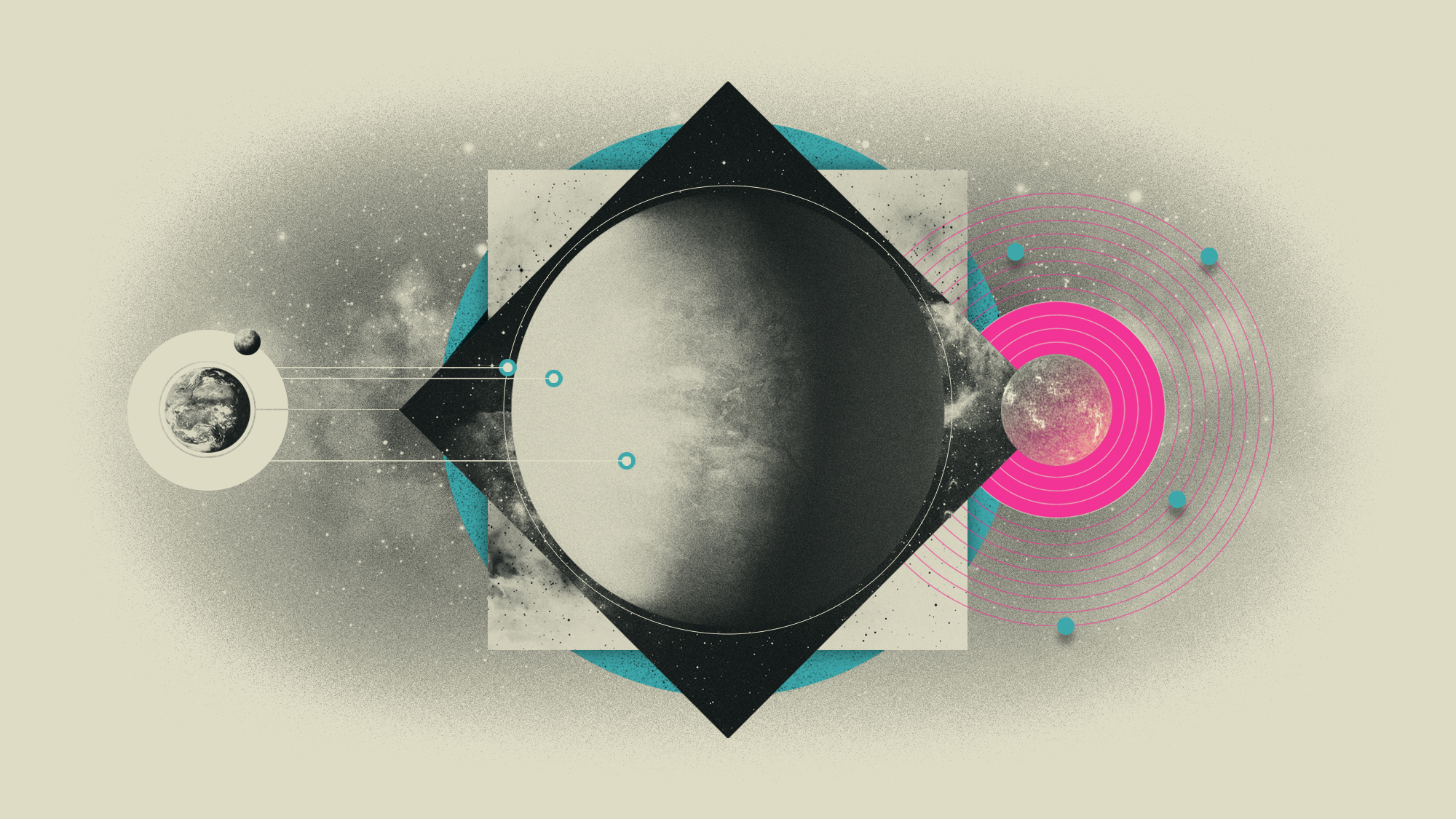
"If extraterrestrials do exist, scientists have found a promising location for where they could be hiding," said the Daily Mail. Named HD 20794 D, the newly discovered exoplanet orbits a star similar to the Sun, and researchers believe it may be able to sustain liquid water, which is vital for life, as we know it, to exist.
"Best of all," added the Mail, it lies just 19.7 light-years away from Earth, raising the "tantalising possibility" of being able to photograph it and, of course, "any aliens lurking there".
What is an exoplanet?
An exoplanet is a planet outside our solar system that usually orbits a star in our galaxy. More than 7,000 have been found in the Milky Way since the first confirmed discovery in the 1990s, and "billions more remain to be discovered", said Tech Explorist.
The Week
Escape your echo chamber. Get the facts behind the news, plus analysis from multiple perspectives.

Sign up for The Week's Free Newsletters
From our morning news briefing to a weekly Good News Newsletter, get the best of The Week delivered directly to your inbox.
From our morning news briefing to a weekly Good News Newsletter, get the best of The Week delivered directly to your inbox.
Most of the exoplanets that have been found are within a small region of the galaxy – "'small' meaning within thousands of light-years of our solar system", said Nasa, which is as far as current telescopes are able to penetrate. One light-year is the equivalent of 5.88 trillion miles.
How was the new exoplanet found?
Methods used to find exoplanets include "watching for wobble" – that is, the changes in the light emitted by a star when it makes a tiny movement due to the gravitational tug of a passing planet.
In 2022, Dr Michael Cretignier, from the University of Oxford, spotted periodic changes in the light being emitted by the star HD 20794 D. The faintness of the signal made it difficult to confirm the presence of an exoplanet, with a chance the signal was instead the result of instrument error. The team spent the next two years analysing "highly precise measurements" from more than 20 years of data from the region to prove his theory, said the University of Oxford in a press release.
"For me, it was naturally a huge joy when we could confirm the planet’s existence," said Cretignier. "It was also a relief."
A free daily email with the biggest news stories of the day – and the best features from TheWeek.com
This prolonged study of the star's movement also allowed scientists to determine the planet's size as six times the mass of Earth – "the larger the wobble, the greater the mass", said Space.com.
Could life exist on HD 20794 D?
HD 20794 D is located within the so-called "Goldilocks zone", where temperatures would support the presence of liquid water, a prerequisite for life.
"Having a planet in the habitable zone is not sufficient at all to have life on it," Cretignier told the Daily Mail. "Both Mars and Venus are inside the habitable zone of the sun, but I highly don't recommend you to go there on holiday."
Unlike the circular orbit of most planets, HD 20794 D follows an elliptical orbit more elongated than any of the planets in our solar system. This means it moves from the outer edge of the habitable zone to the inner region during its 647-day journey around the star.
Winters would be "long and hard" in this "bizarre" climate, said Space.com, with any life struggling to survive on a planet that spends so much time frozen. But even if life does not exist on HD 20794 D, its strange orbit will provide an "invaluable test case" for future studies, said the University of Oxford.
Elizabeth Carr-Ellis is a freelance journalist and was previously the UK website's Production Editor. She has also held senior roles at The Scotsman, Sunday Herald and Hello!. As well as her writing, she is the creator and co-founder of the Pausitivity #KnowYourMenopause campaign and has appeared on national and international media discussing women's healthcare.
-
 Film reviews: ‘Marty Supreme’ and ‘Is This Thing On?’
Film reviews: ‘Marty Supreme’ and ‘Is This Thing On?’Feature A born grifter chases his table tennis dreams and a dad turns to stand-up to fight off heartbreak
-
 Political cartoons for December 14
Political cartoons for December 14Cartoons Sunday's political cartoons include a new White House flag, Venezuela negotiations, and more
-
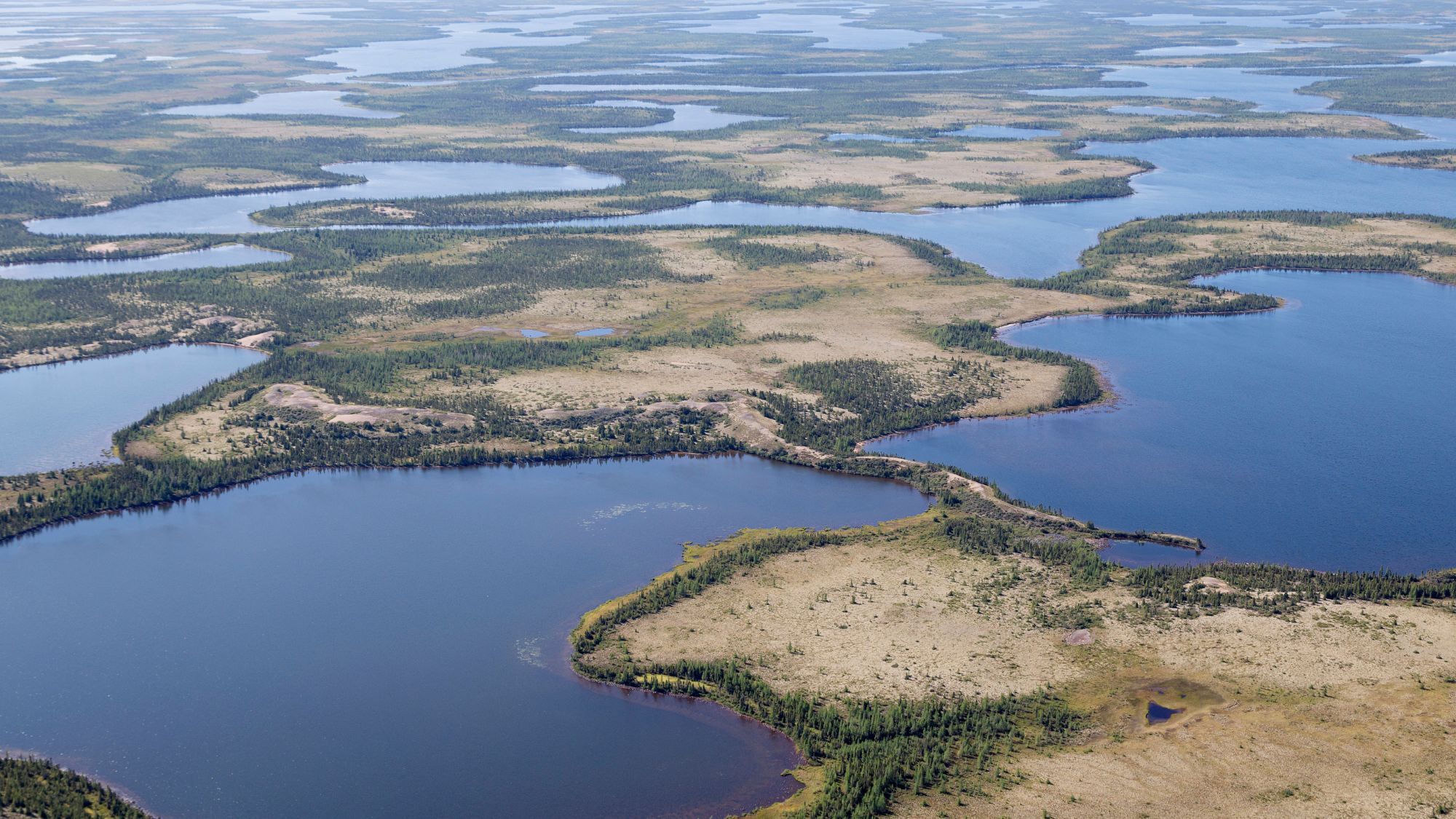 Heavenly spectacle in the wilds of Canada
Heavenly spectacle in the wilds of CanadaThe Week Recommends ‘Mind-bending’ outpost for spotting animals – and the northern lights
-
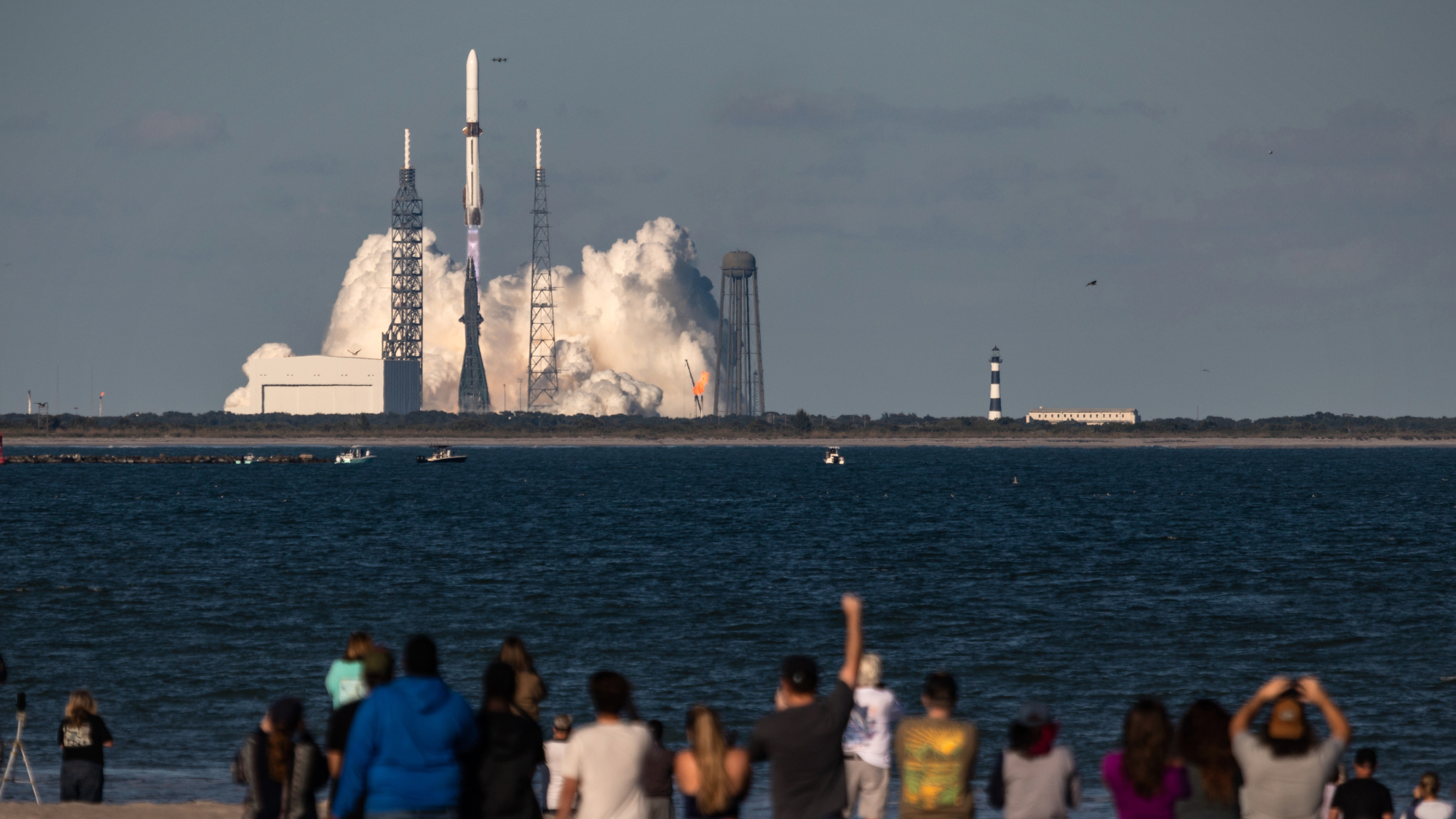 Blue Origin launches Mars probes in NASA debut
Blue Origin launches Mars probes in NASA debutSpeed Read The New Glenn rocket is carrying small twin spacecraft toward Mars as part of NASA’s Escapade mission
-
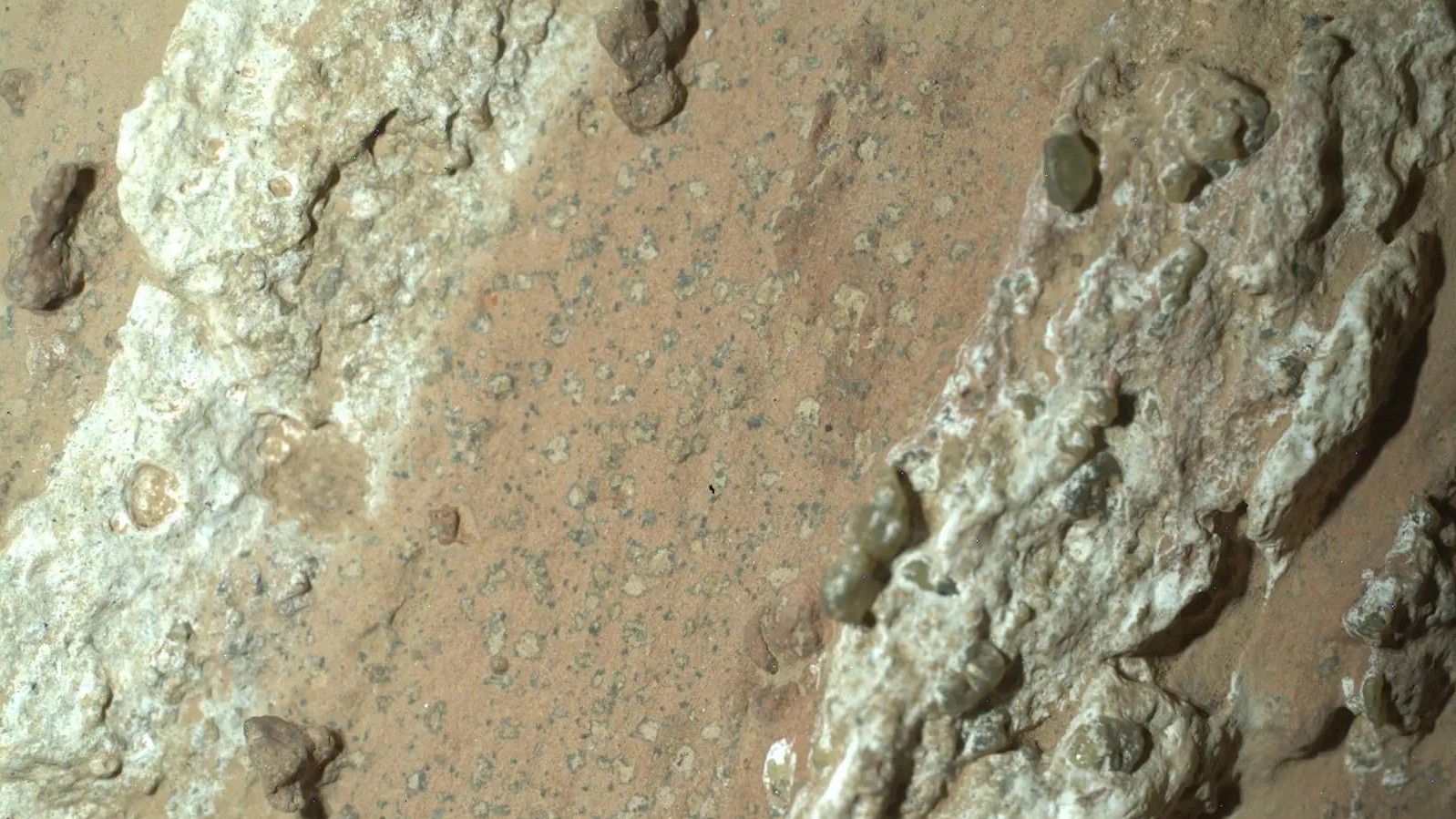 NASA reveals ‘clearest sign of life’ on Mars yet
NASA reveals ‘clearest sign of life’ on Mars yetSpeed Read The evidence came in the form of a rock sample collected on the planet
-
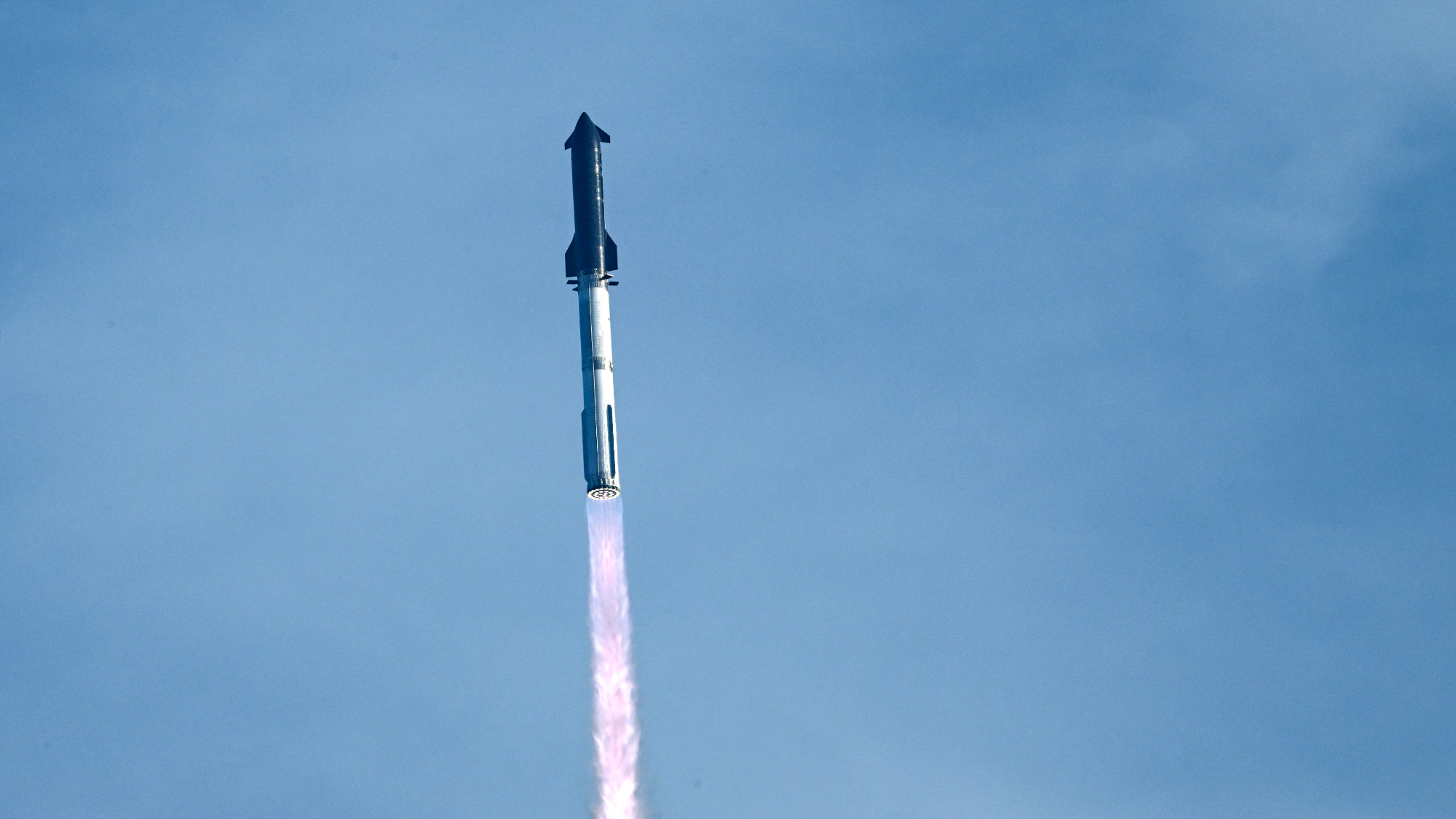 SpaceX breaks Starship losing streak in 10th test
SpaceX breaks Starship losing streak in 10th testspeed read The Starship rocket's test flight was largely successful, deploying eight dummy satellites during its hour in space
-
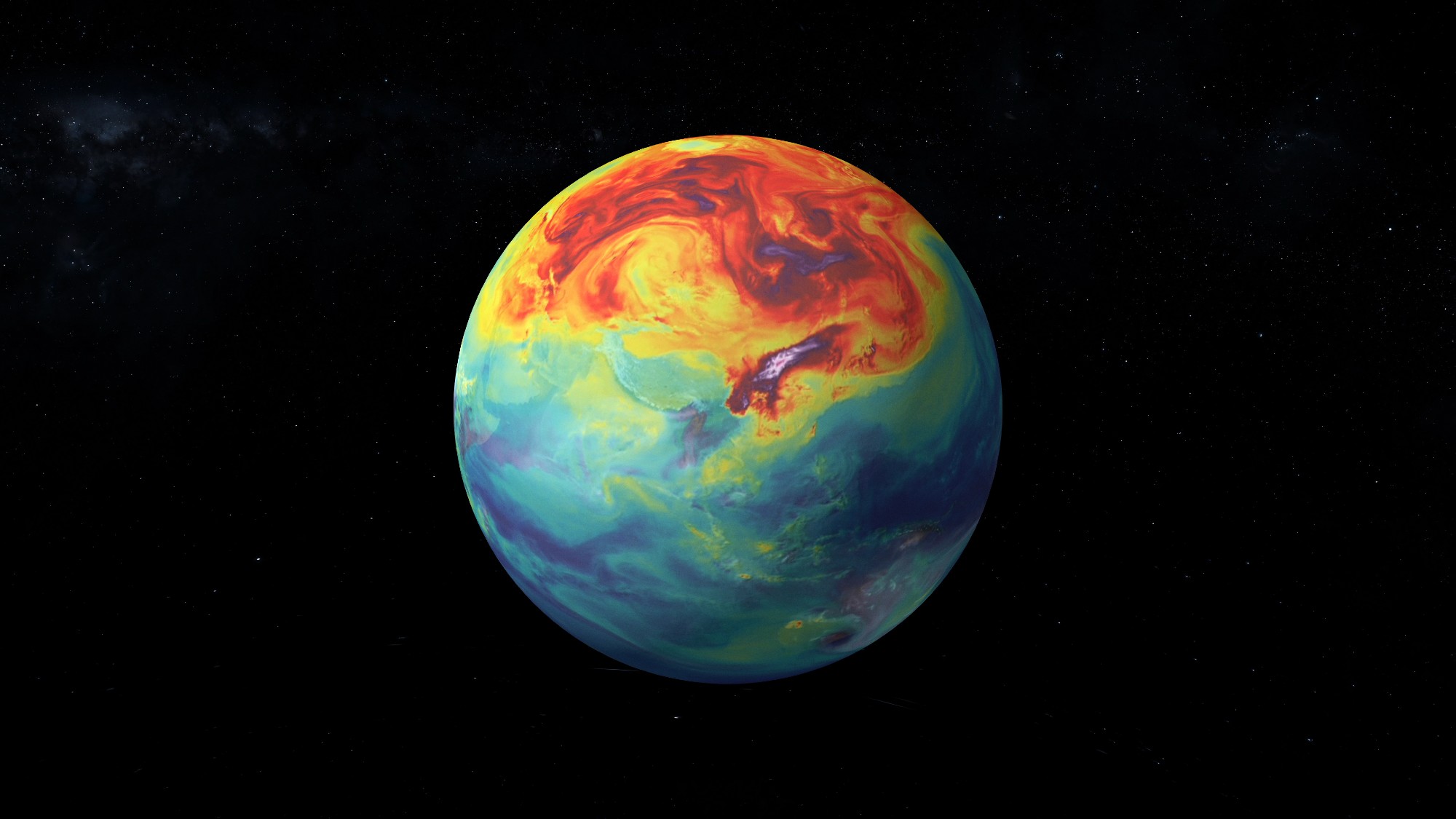 NASA is moving away from tracking climate change
NASA is moving away from tracking climate changeThe Explainer Climate missions could be going dark
-
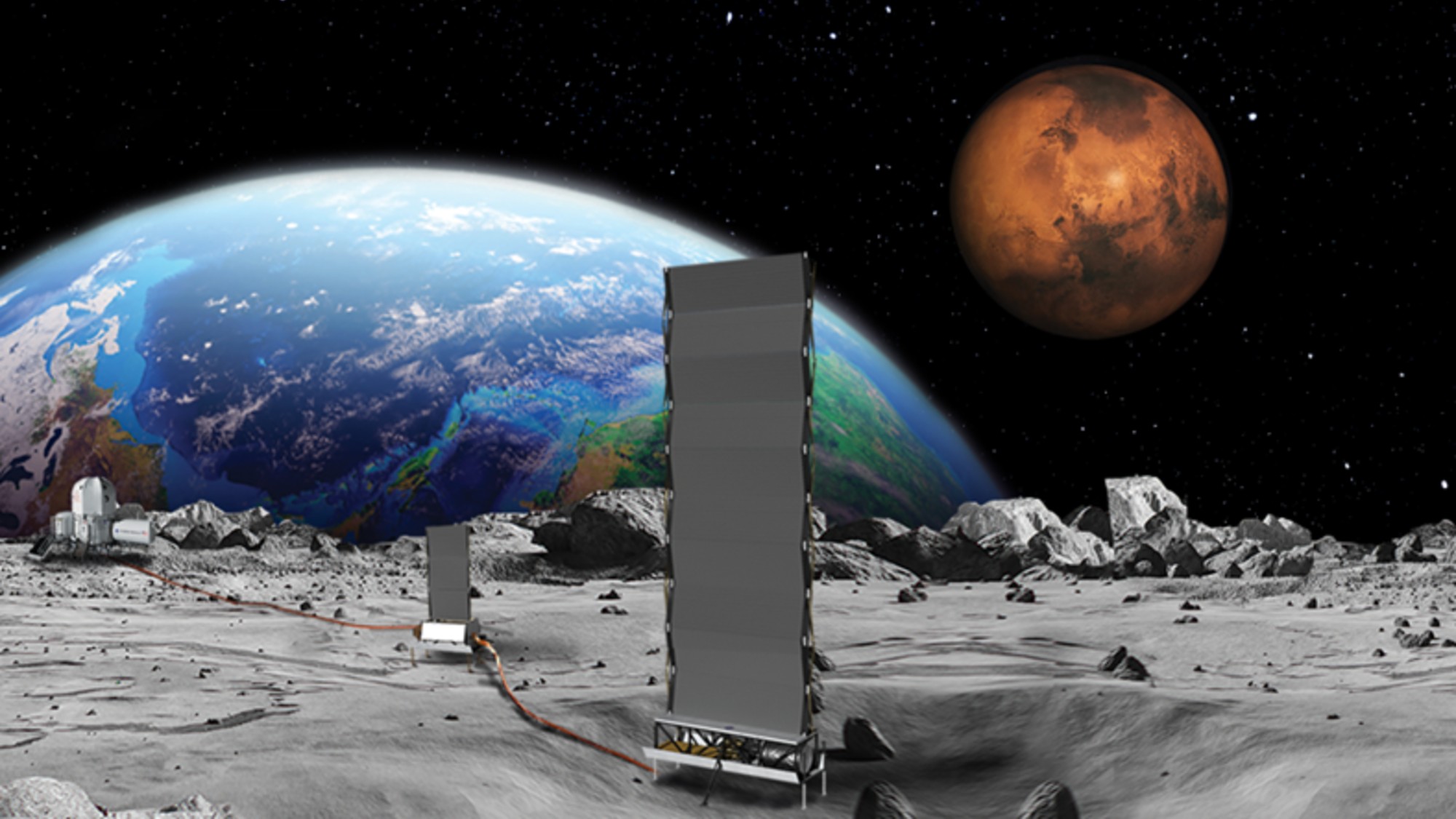 Why does the US want to put nuclear reactors on the moon?
Why does the US want to put nuclear reactors on the moon?Today's Big Question The plans come as NASA is facing significant budget cuts
-
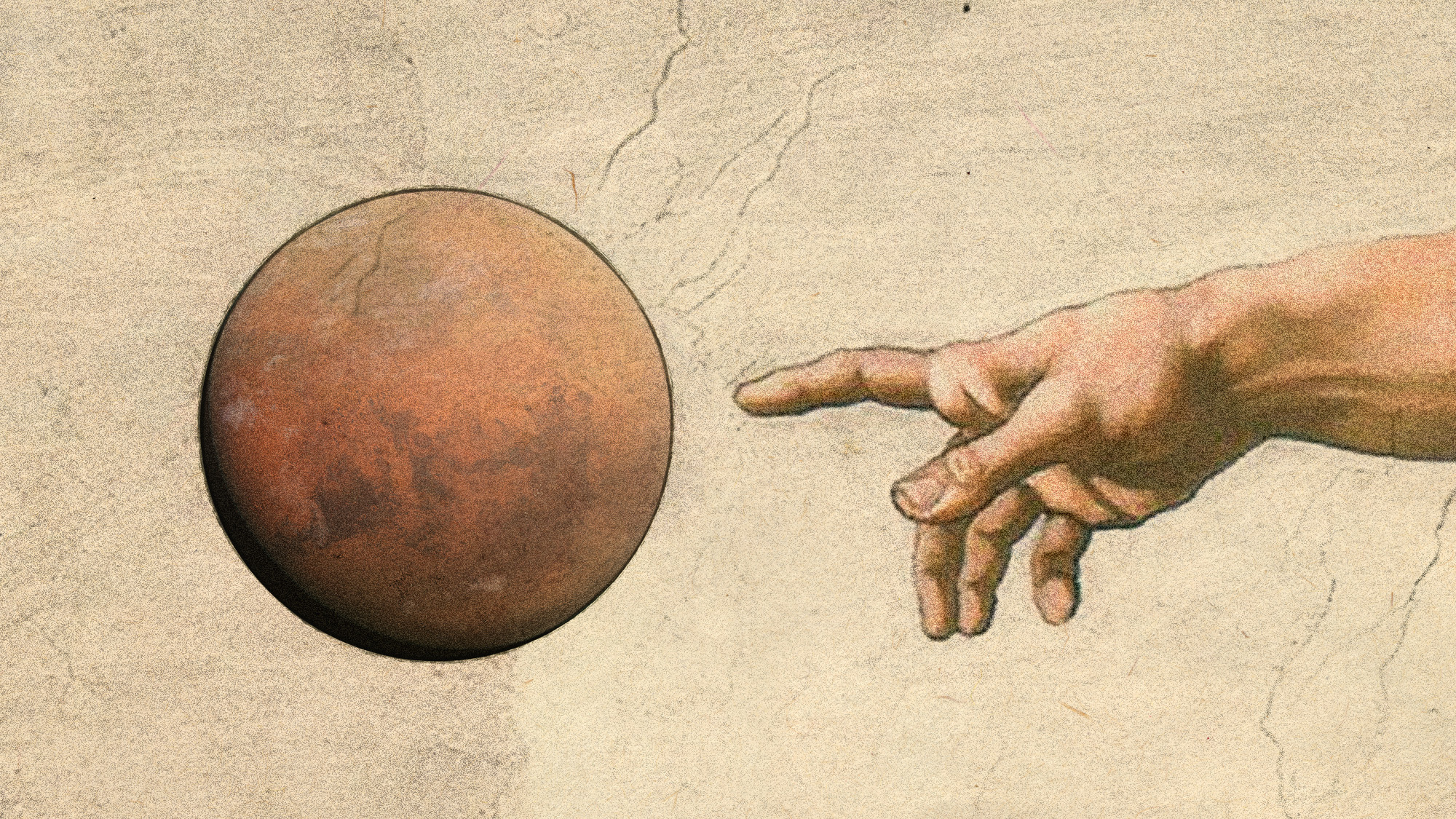 Answers to how life on Earth began could be stuck on Mars
Answers to how life on Earth began could be stuck on MarsUnder the Radar Donald Trump plans to scrap Nasa's Mars Sample Return mission – stranding test tubes on the Red Planet and ceding potentially valuable information to China
-
 Why is Nasa facing a crisis?
Why is Nasa facing a crisis?Today's Big Question Trump administration proposes 25% cut to national space agency's budget in 'extinction-level event'
-
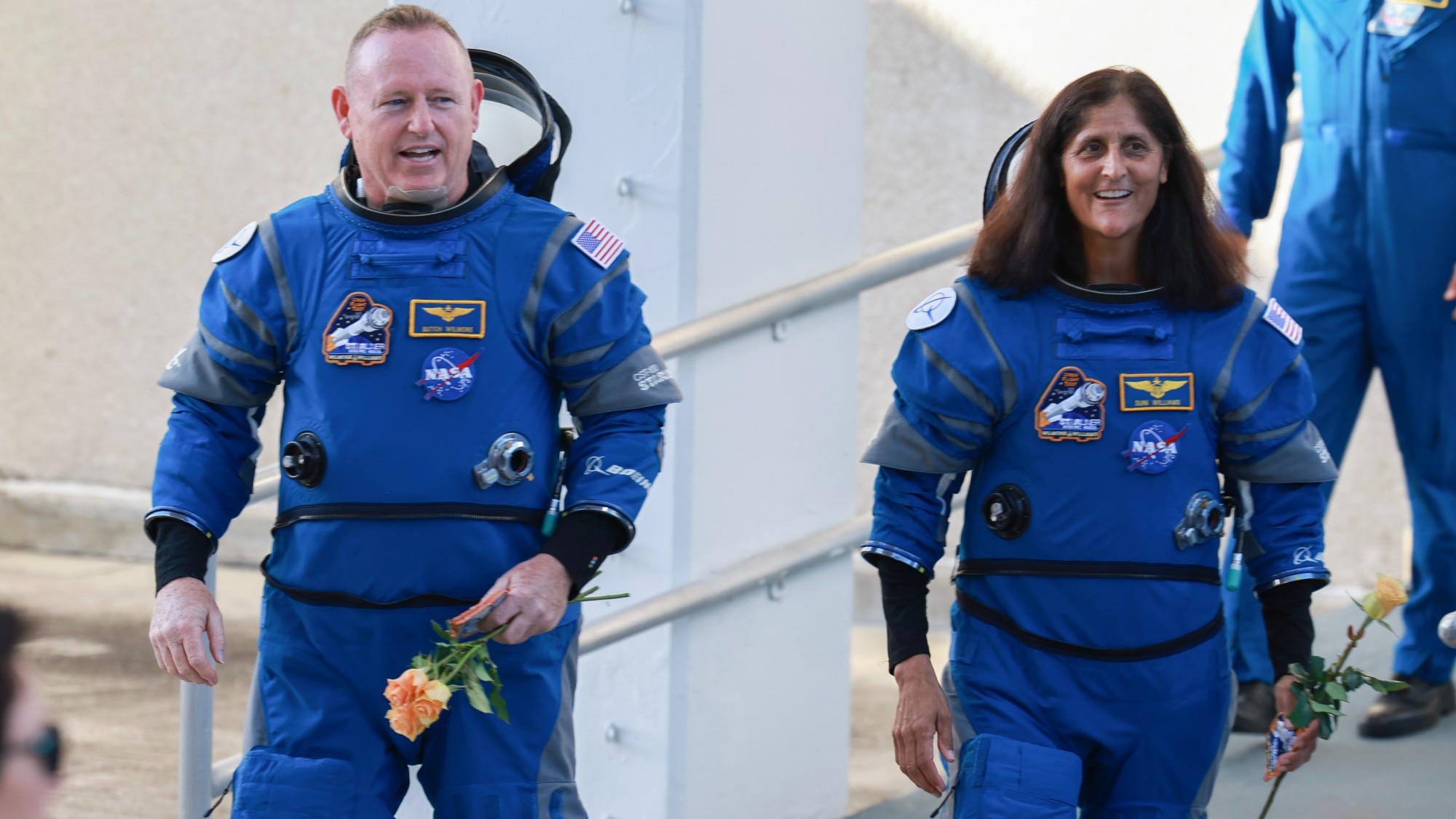 Life after space: how will Nasa's stranded astronauts cope?
Life after space: how will Nasa's stranded astronauts cope?In the Spotlight Sunita 'Suni' Williams and Barry 'Butch' Wilmore are headed back to Earth after nine months on the ISS – but their greatest challenge may still lie ahead